The lost Romanesque of Rebolledo de la Torre
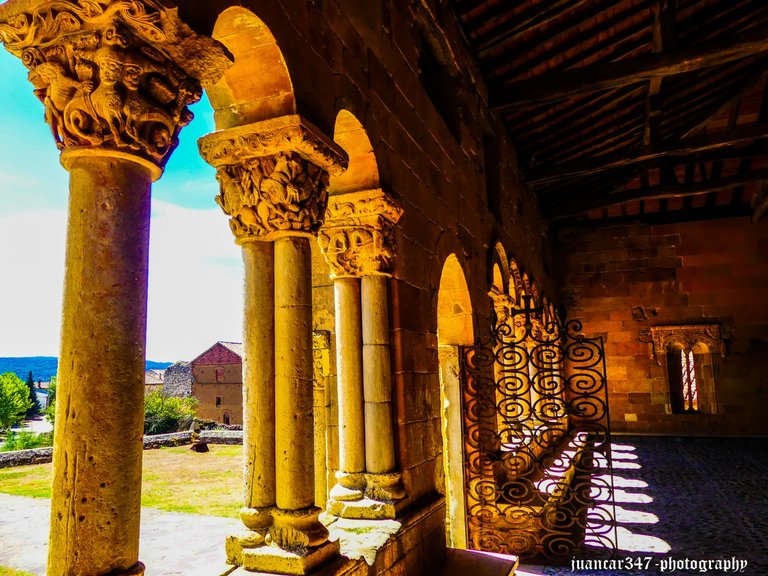
Traveling, following the unpredictable footprints of a rich historical, artistic and cultural heritage, is also, of course, a fascinating adventure, in the development of which the interested traveler not only nourishes himself with new knowledge, but also observes how His feet move through places that he might otherwise never have known in his life.
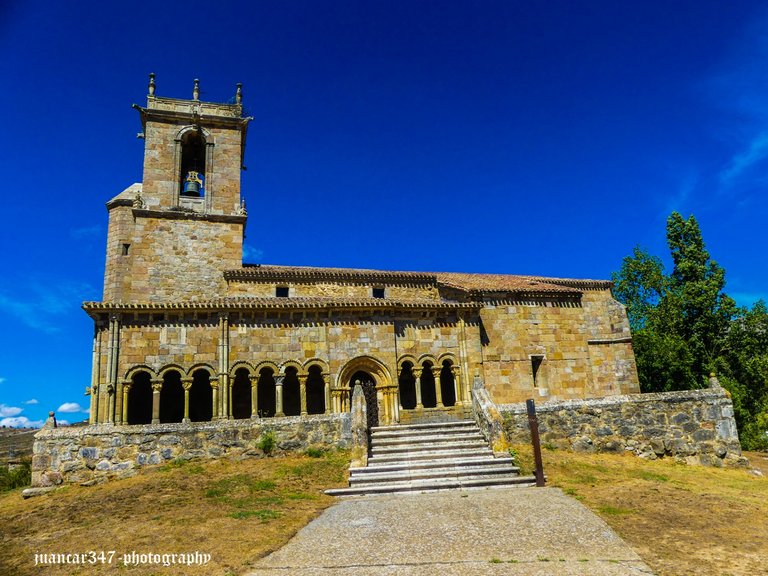
If places like Peñaranda or its neighbor, Aranda de Duero, enjoy the privilege of appearing in the numerous tourist packages of a diverse country, as, without a doubt, Spain is, Rebolledo de la Torre, however, is one of the many places in our eminent geography, where you have to go for a special reason.
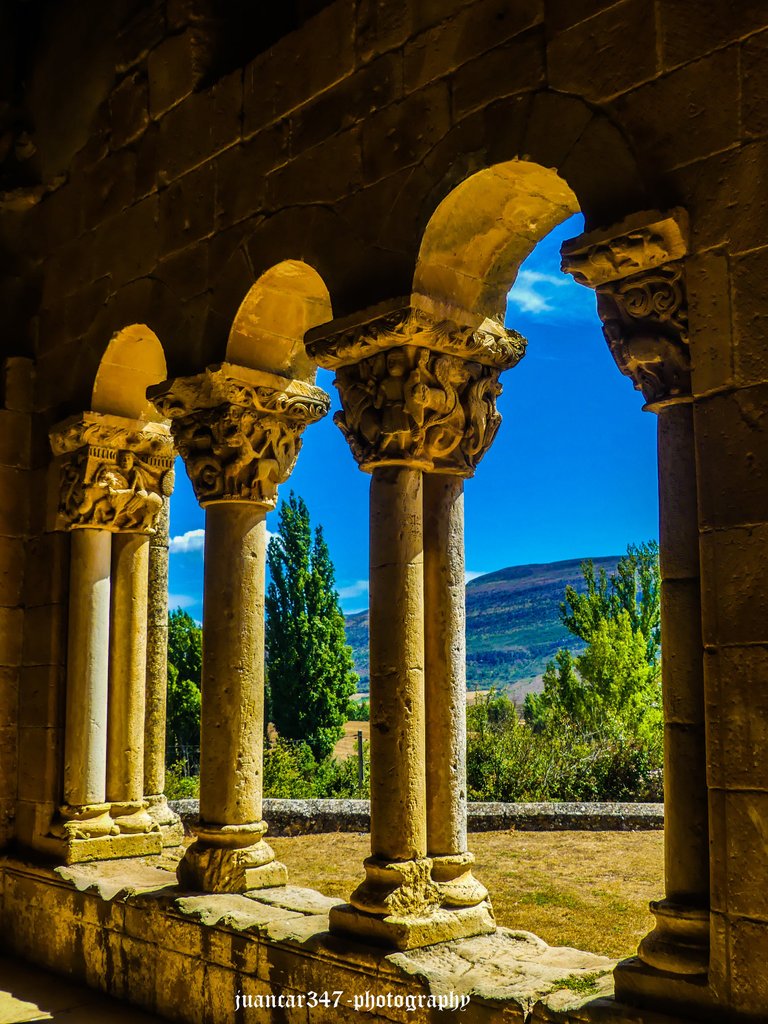
This reason, leaving aside the remains of its castle, curiously located in the heart of the city and from which the keep stands out proudly, is none other than the spectacular porticoed gallery of its church, originally Romanesque, built in the last third from the 12th century.
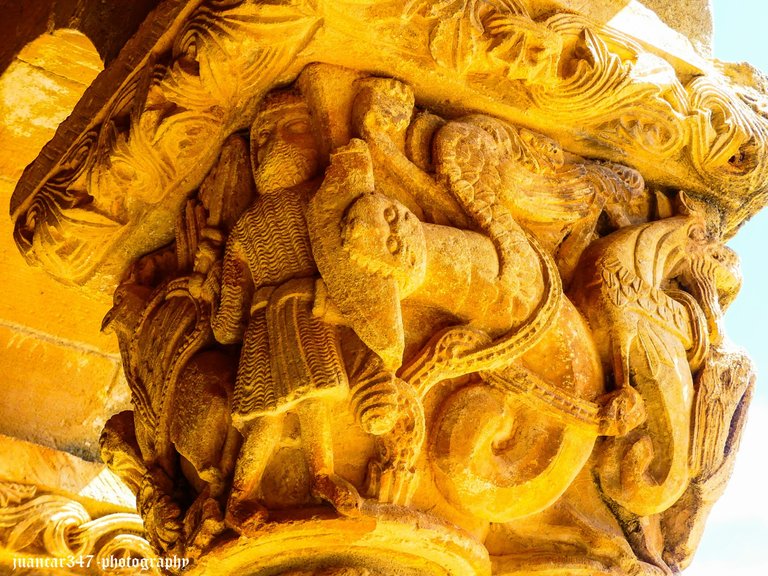
A church, dedicated to the figures of Saints Julián and Basilisa, where, unexpectedly, we once again meet the figure of a mysterious master builder, Juan de Piasca, whose prodigal artistic career we can discover, from the imposing Europe Peaks, the vertiginous descents of the Palentian Mountain and the infinite plateau wastelands of Palencia and Burgos.
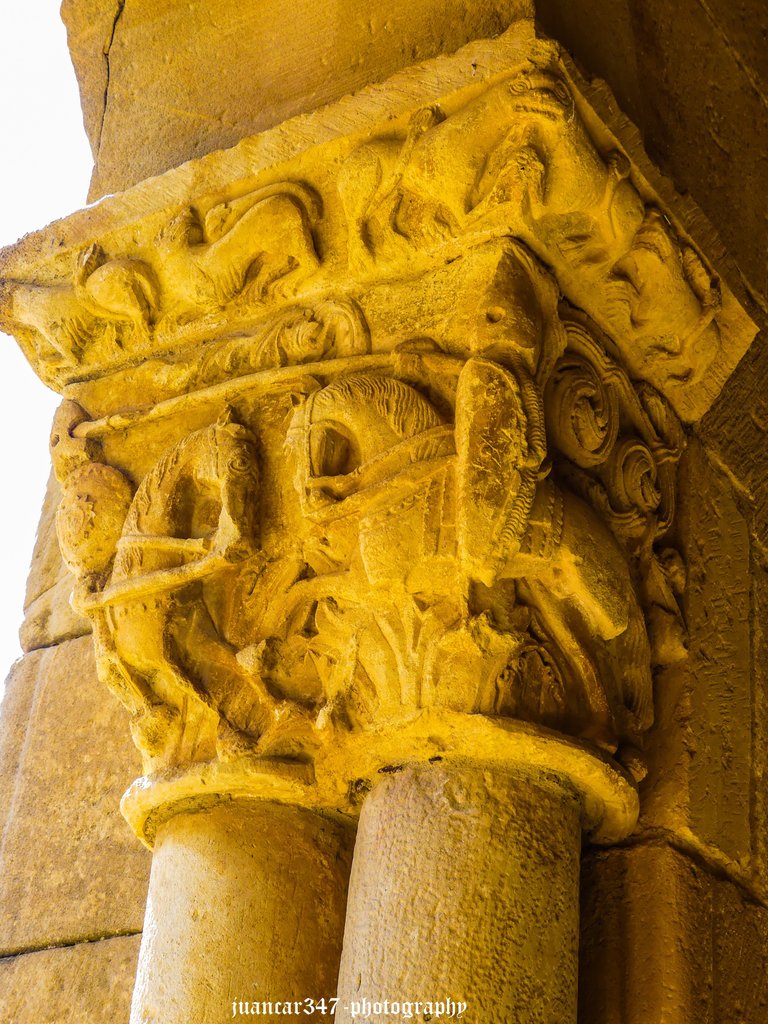
This trajectory, as well as the magnificent execution of the works carried out by this master and his workshop, motivate us to visit, on this occasion, a place that, located in a secluded corner of the so-called Valle de la Lora, is also part of that extensive Cantabrian region, with which the people of Palencia and Burgos share a certain prominence, which stands out, above all, for the proliferation of rock hermitages and hermitages, which extend to the foothills of Puerto del Escudo, the impressive natural canyons and the reservoir of the Ebro.
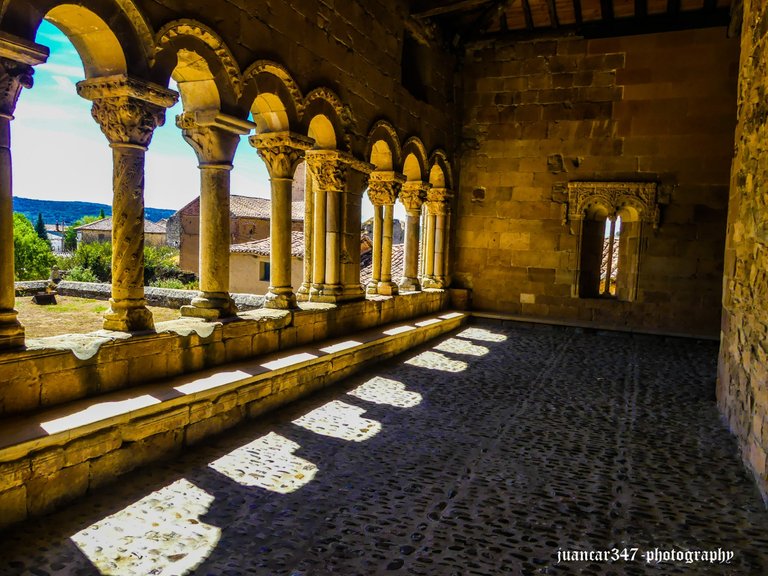
Declared an Artistic Monument in 1931, when in Spain the current legislation was still incapable of putting a stop to the media storm of thefts, exchanges and thefts that devastated a good part of our immeasurable historical-artistic heritage, the temple that we have before our eyes, It was brutally demolished and rebuilt, oblivious to the original principles of its calculated sacred geometry, preserving only a notable original porticoed gallery, as well as the Romanesque-Gothic image of the Virgin of Billora, located in a small baroque altarpiece, which is located precisely in front of the main entrance porch, being, in addition, the first thing that is visible to all those who cross the threshold of the temple for the first time, an image, which, on the other hand, is the owner, also, of a small hermitage, located in the vicinity of Rebolledo, to which he moves on pilgrimage days.

Remarkable for its notable artistic quality, the sculptures of the capitals develop, with extraordinary luxury of details, which time, however, in some cases has not respected as would have been desired, that rich universe of archetypal symbology, so characteristic of an art, like the Romanesque, which, we must never forget, that, after all, constituted the metaphorical 'textbook' from which a people was nourished, without any other possibility of access to education.

The Phrygian caps that crown the heads of the harpies and that We can find them in various similar temples, both in Burgos and Palencia, a good example of this being those located in the hermitage of Santa Eulalia, located on the outskirts of Barrio de Santa María.
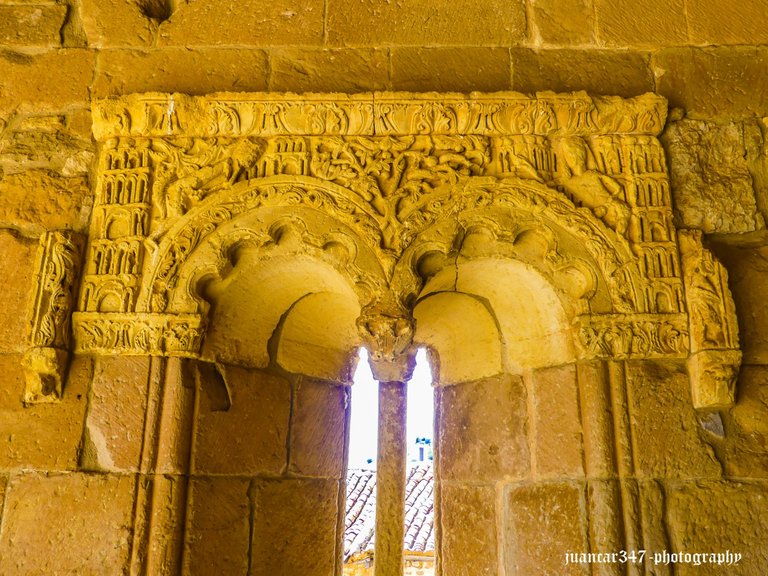
From the interior of the temple, where, unfortunately, photographs or videos are not allowed, it can be said that it has an abundant artistic wealth, which, even taking into account the annoyance it caused to certain writers, such as Gustavo Adolfo Bécquer, makes it stand out. can be considered, of course, as one of the most exuberant and comparative Sistine chapels of Spanish Baroque Art.
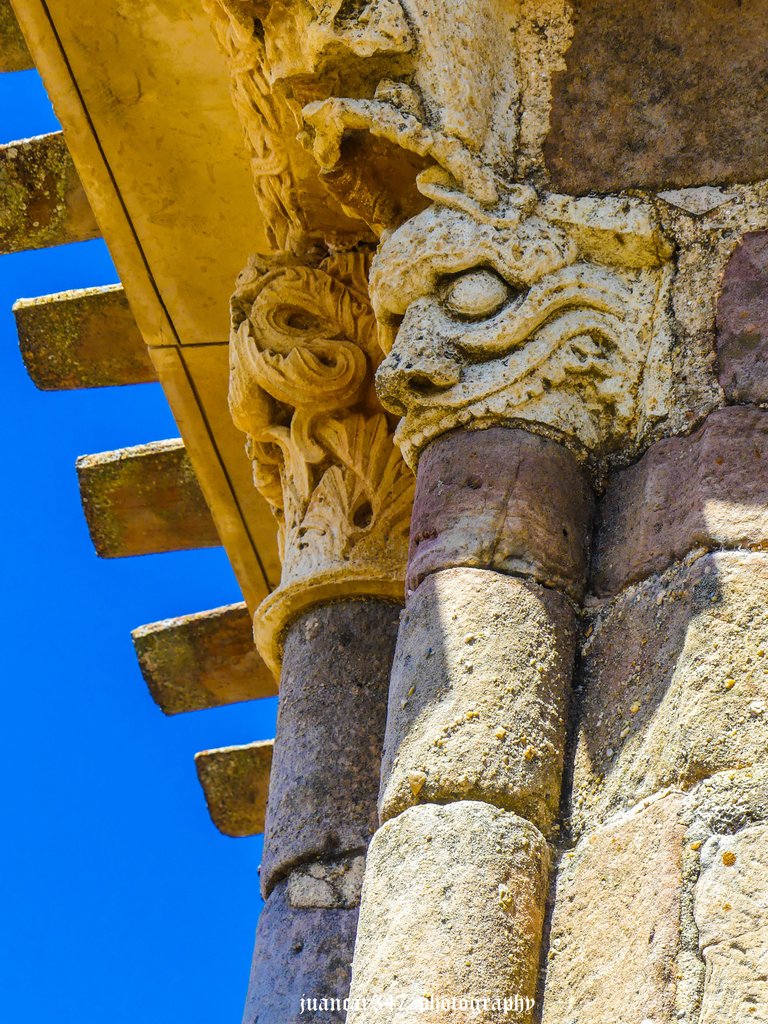
Finally, it should be noted that, at an approximate distance of 20 kilometers from Rebolledo, a good place to stop to eat, regain strength and continue a first-rate historical-artistic route, is the town of Mave, which, in times, it housed the fascinating monastery of Santa María, and also had places of fascinating interest nearby, such as Olleros de Pisuerga and its formidable cave-church.
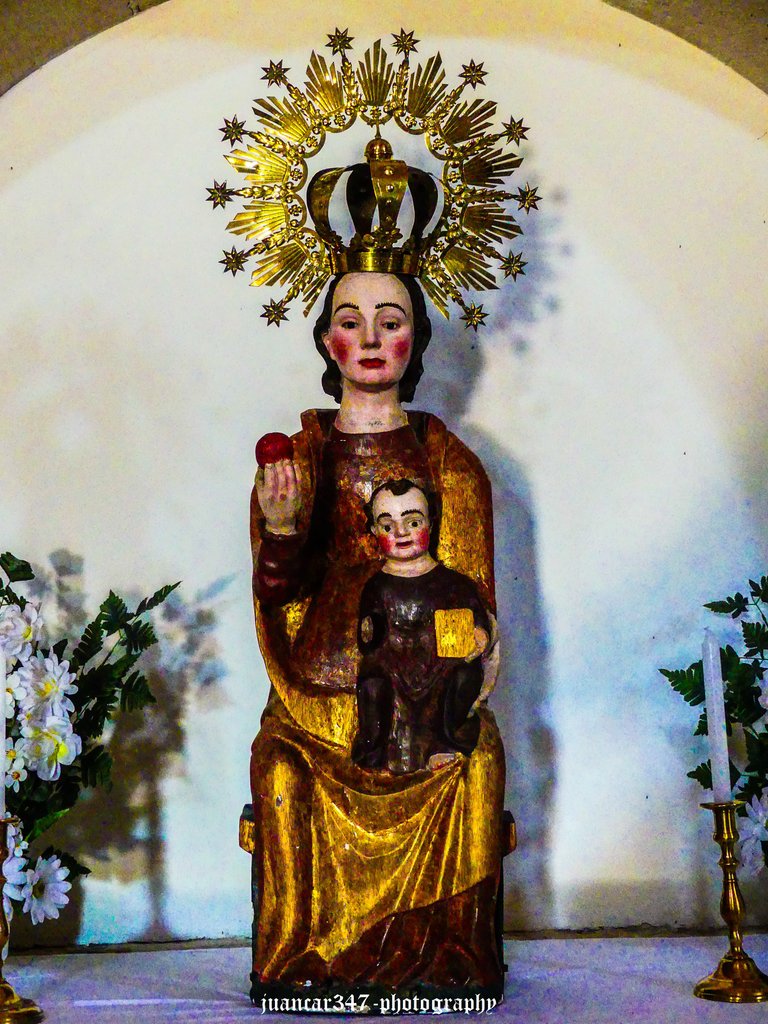
RELATED MOVIE:
NOTICE: Both the text, the accompanying photographs, as well as the video that illustrates it, are my exclusive intellectual property and are therefore subject to my Copyright.
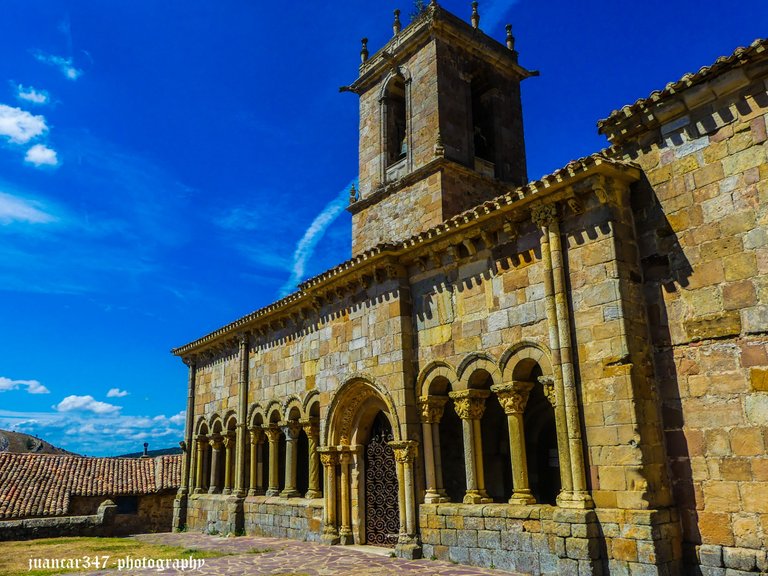
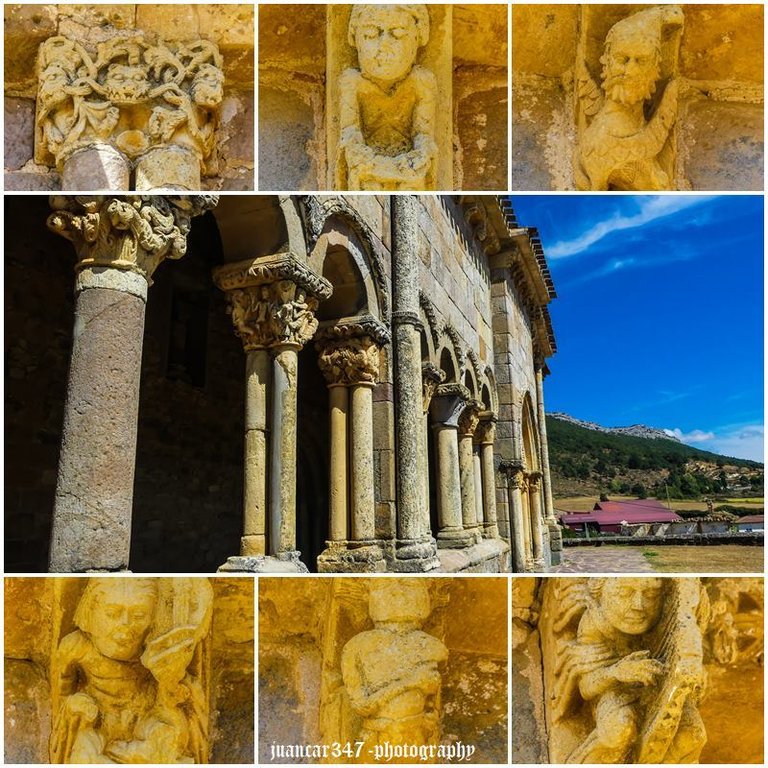
Congratulations, your post has been added to Pinmapple! 🎉🥳🍍
Did you know you have your own profile map?
And every post has their own map too!
Want to have your post on the map too?
https://x.com/Omarroj52318483/status/1724751999227359409?s=20
Estimado @juancar347 presentas fotografías de arte de auténtica belleza. Tu publicación me recuerda mis estudios en secundaria, cuando estudiaba Educación Artística e Historia Universal. Éxitos.
Muchas gracias, amigo @omarrojas, por tu valoración. Creo que los dos hemos recorrido ya un ancho camino para saber apreciar estas cosas, que, al parecer, a ambos nos fascinan. Un cordial saludo.
Así es estimado @juancar347 siempre me ha agradado la arquitectura de esos tiempos, pues trae muy buenos recuerdos y nos expresa que en aquellos tiempossin maquinarias modernas, se hacían muchas bellezas duraderas. Éxitos.
Definitely it is worth to be declared an artist monument. So beauty
Certainly, it is. Thank-you very much
Wow there are so many historical, artistic and cultural lessons in this post. I cannot understand why the people in the past could build those unbelievable buildings and create those beautiful patterns and statues.
Perhaps, because they had another sense of Architecture, in this case, sacred, where every last detail counted. It did not matter how many years it took to build a temple like this, because there was that proud honor for durability, which comes with something as artisanal as the crafts. Something that, of course, is being lost more and more today. For this reason, many of these temples have been standing for the not inconsiderable age of a millennium. Kind regards.
Congratulations @juancar347! You received the biggest smile and some love from TravelFeed! Keep up the amazing blog. 😍 Your post was also chosen as top pick of the day and is now featured on the TravelFeed front page.
Thanks for using TravelFeed!
@for91days (TravelFeed team)
PS: TravelFeed is in social media to reach more people, follow us on Facebook, Instagram, and Twitter.
Thank-you very much
Lleno de detalles que nos llena la fotografía que nos compartes, un hermoso paseo por las estructuras, me imagino que ya conoces a @palomap3 y a @avellana, allí en el mismo país de aventuras.
!HUG
I sent 1.0 HUG on behalf of @sacra97.
(3/3)
Thank-you
No nos conocemos personalmente, pero sí se puede decir, que, por ejemplo, de @palomap3 , sí tengo referencias de su trayectoria en esta plataforma. Con @avellana, lo cierto es que no he tenido mucho contacto y apenas sé nada de ella, salvo que compartimos nacionalidad.
Espero que esas referencias sean positivas, jeje. 😅
A ver cuándo te toca viajar por la ribera del Ebro o a mí por la del Manzanares. 😁
Ciertamente, muy positivas. Hay zonas de Aragón que tengo pendientes y posiblemente, para el año que viene, pueda dedicarme a ellas. No obstante, si vienes a Madrid, ya sabes que serás bien recibida.
Soy una admiradora habitual por estos lares, sí. Me gusta mucho el arte románico y las historias que le acompañan. Rara es la vez que no aprendo algo con sus publicaciones. 😃
Gracias por tenerme presente y por los lazos que siempre estás dispuesta a unir entre todos. ♥️🤗